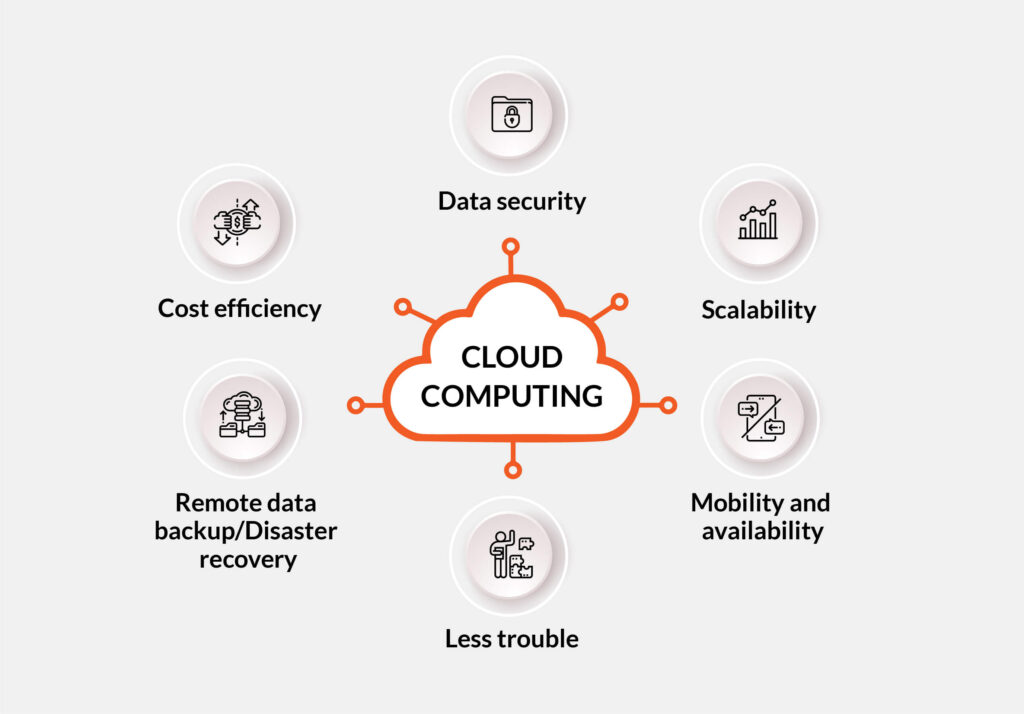Challenges in Cloud Adoption
Recent data from SolarWinds reveals that only 18% of IT professionals believe their current cloud infrastructure meets their business needs. This highlights a significant gap between expectations and reality in cloud adoption.
The survey of 272 global IT professionals shows that despite the scalability and cost-saving promises of the cloud, many IT teams are facing mixed results. Only 25% feel that their organization’s cloud approach is carefully considered and successful, while 23% admit to experiencing overly complex IT environments due to their hybrid cloud strategy. Surprisingly, only 22% of respondents have sought external IT services for assistance with cloud migration.
In response to these challenges, 16% of respondents have repatriated workloads back to on-premises, and 12% have faced long-term financial impacts from poorly planned cloud transitions. Rushed cloud migrations can lead to costly fixes or reversals, emphasizing the importance of strategic planning.
The survey also reveals a lack of trust in cloud security, with 46% of IT professionals still storing sensitive data on-premises due to security concerns. Despite this, nearly a third (29%) of respondents prioritize cloud migration to reduce operational costs.
Sascha Giese, global tech evangelist at SolarWinds, emphasizes the challenges of managing complex hybrid-cloud ecosystems. With the increasing complexity of networks, systems, devices, and applications, organizations must adopt a strategic and informed approach to cloud migration. Comprehensive observability, with real-time visibility and proactive monitoring using machine learning and AI-driven analytics, can help businesses navigate the complexities of hybrid cloud infrastructures.
The IT Community Pulse survey, conducted in September 2024, gathered responses from 272 IT professionals from the SolarWinds THWACK community. Respondents held various roles in Europe, the Americas, and the Asia Pacific regions, representing organizations of different sizes in the public and private sectors.



